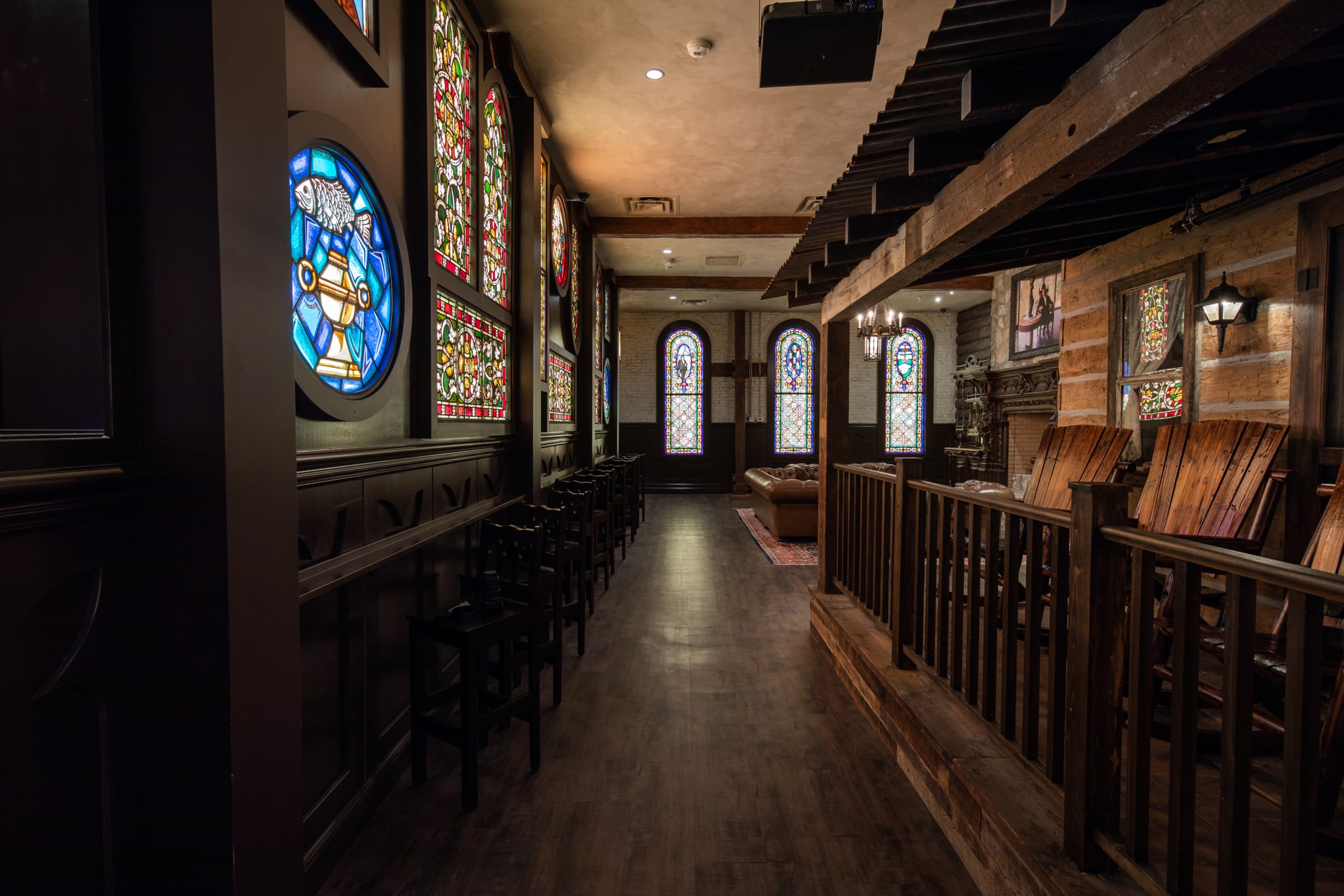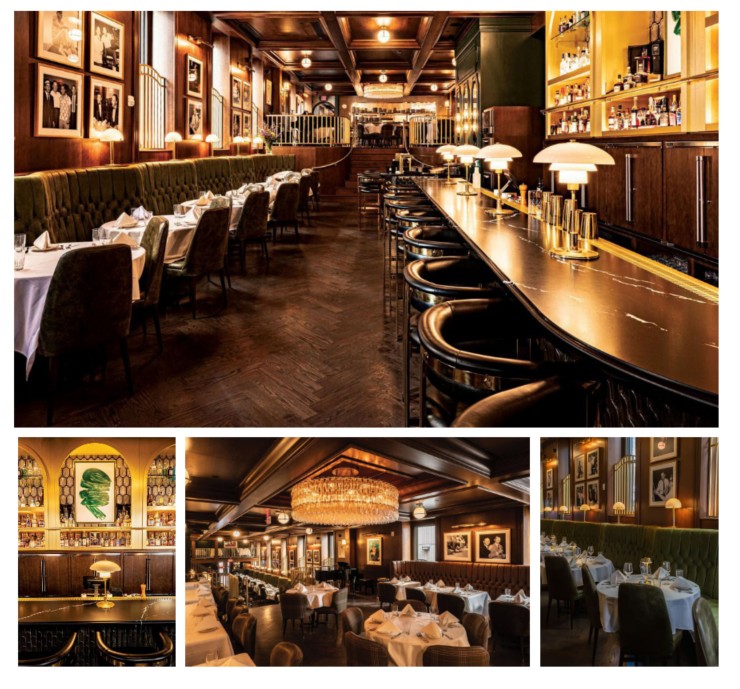Sustainability in Historic Renovations
The Inherent Sustainability of Historic Renovation
Historic buildings are already sustainable by nature – they’ve stood the test of time. When we approach a renovation project, we’re not just preserving cultural heritage, but also capturing the embodied carbon that already exists within those walls. Every brick, timber beam, and decorative element represents energy already spent, materials already harvested. By reimagining these spaces rather than demolishing them, we prevent tons of waste from entering landfills.
Traditional buildings often incorporate passive design elements that modern architects now strive to replicate – thick masonry walls for thermal mass, strategic window placement for natural ventilation, and deep eaves for seasonal shading. These features weren’t just aesthetic choices; they were practical solutions developed before mechanical systems became the norm. At Remick Architecture, we view these not as limitations but as opportunities to enhance sustainability while honoring authentic design.
Energy Efficiency Strategies Compatible with Historic Character
The most significant challenge in sustainable historic renovation is improving the building envelope without compromising historic character. We approach this through targeted interventions that respect the original architecture.
Historic windows present a particular challenge – they’re often defining features but can be major sources of energy loss. Rather than wholesale replacement, we explore restoration combined with storm windows, weather-stripping, or carefully selected replacements that maintain historical profiles while incorporating modern glass technology.
Insulation approaches must be tailored to the specific construction type – whether it’s masonry, timber frame, or another traditional system. We focus on additive solutions that don’t damage historic fabric, such as careful interior insulation with appropriate vapor barriers or blown-in options that protect both building health and energy performance.
Integrating Modern Systems into Historic Structures
Modern hospitality spaces require contemporary comfort systems, but these don’t need to detract from historic character. We design HVAC solutions that minimize visual impact, often utilizing existing chases, under-floor approaches, or small-diameter high-velocity systems that require minimal intervention.
Lighting represents another opportunity to blend history with efficiency. By combining restored historic fixtures with updated LED technology, we maintain period ambiance while dramatically reducing energy use.
Renewable energy integration requires particular sensitivity in historic contexts. We can explore options like hidden rooftop solar arrays on non-street-facing slopes, solar shingles that mimic historic materials, or off-site renewable partnerships that allow historic properties to support green energy without physical modifications.
Navigating Preservation and Sustainability Regulations
Finding the balance between preservation requirements and sustainability goals requires creative problem-solving. We’ve developed expertise in identifying where these seemingly competing priorities actually share common ground – after all, both aim to be responsible stewards of resources, whether cultural or environmental.
By engaging preservation authorities early and demonstrating how thoughtful sustainability measures can actually enhance historic preservation goals through improved building longevity, we create collaborative rather than adversarial relationships. Many projects also benefit from special tax incentives, credits, and grants available for sustainable historic renovations, improving the business case for these thoughtful interventions.
Preserving the Past While Protecting the Future
The most successful sustainable historic renovations don’t view preservation and sustainability as opposing forces, but as complementary values. By taking a holistic, conceptually-driven approach, we create spaces that tell authentic stories while embracing responsible environmental practices. The result is hospitality environments that offer guests meaningful connections with both cultural heritage and contemporary values – spaces that are truly designed to stand the test of time.

